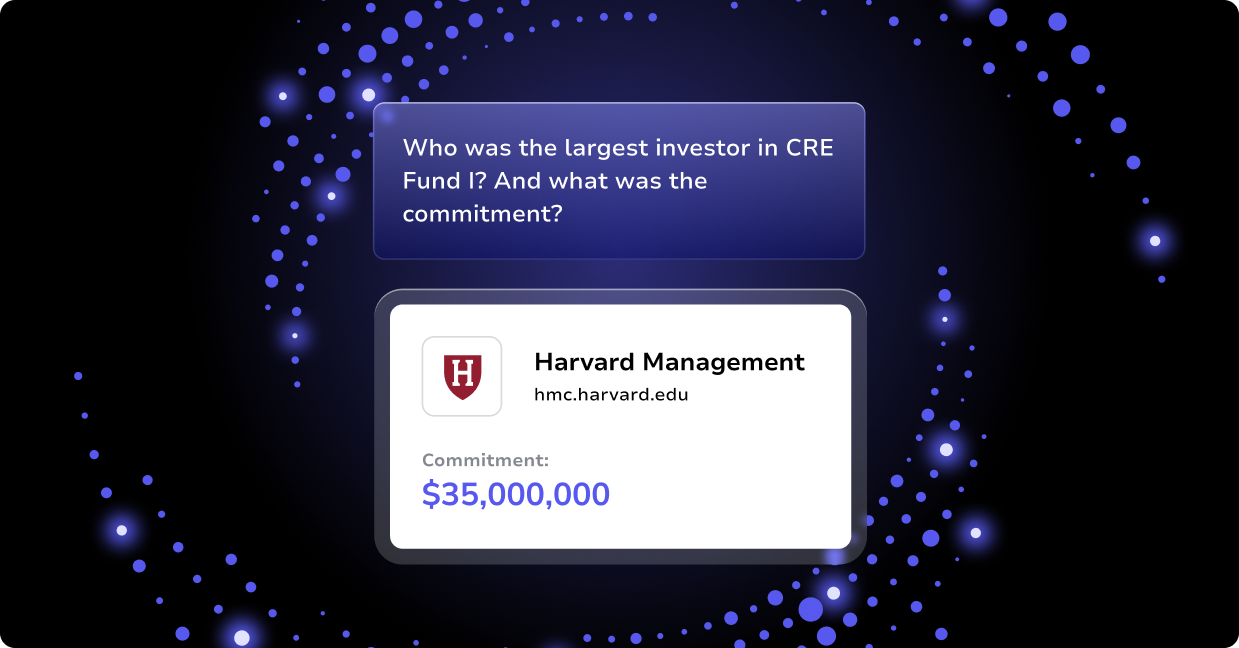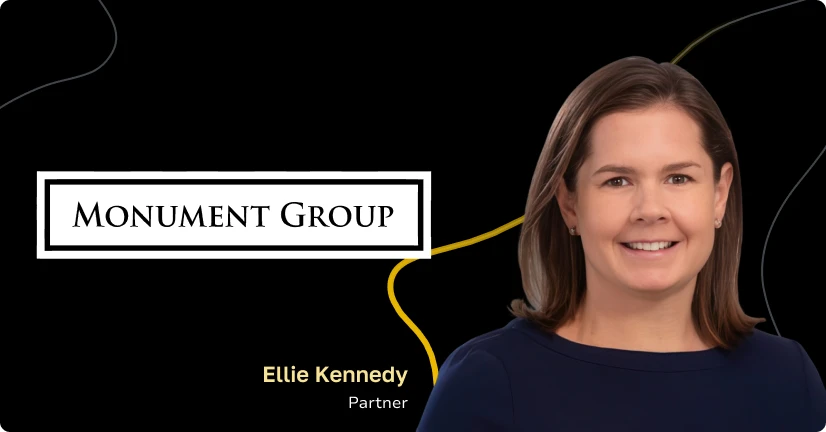A Good Executive Sponsor is Essential
Software implementation of any type requires planning, technical setup, training, and change management. These actions are particularly important for fund administration software implementations.
However, none of them can be done effectively without proper buy-in from all levels of the organization.
Unfortunately, many companies assign software implementations to employees who don’t have the knowledge or expertise to properly understand the full scope of the project.
These people also may not have the authority within the organization to secure the necessary resources to get the job done.
Consequently, having a good executive sponsor is critical to a successful fund administration software implementation.
What is an Executive Sponsorship in a Software Implementation?
Executive sponsorship is a term commonly used in project management that refers to a situation where a senior-level executive is responsible for the business success of a project.
In software sales, typically a small number of stakeholders are involved in making the decision whether or not to purchase a product. In most cases, this decision will impact a much larger portion of the company.
In the case of a customer relationship management (CRM) tool, for example, the selection impacts almost everyone in the organization. A CRM software implementation can be a daunting task that not only requires things like technical expertise and user training but change management as well.
Having an executive sponsor on the software implementation team significantly increases a project’s likelihood of success. For one thing, it helps ensure that the software is being set up in a way that will support business needs at a higher level of the organization.
This oversight also promotes the adoption of the new product at whatever scale is appropriate.
Why is a Sponsorship Important?
At Altvia, we work with people in a variety of roles during the sales process, depending on the firm—CEOs, managing partners, data analysts, heads of investor relations, and others. Most often, an engagement is initiated by associates or analysts who realize there is a better, more efficient way to address tedious, manual data entry.
They conduct extensive research into which tool is the best fit for their firm, thoroughly vetting the company they choose before the software implementation begins.
(Note: If you are currently in this process, our free Buyers Guide to Private Equity Technology can be extremely valuable to you.)
However, after the purchase decision is made, all too often the responsibility for integrating the product into the company’s operations is carelessly tossed to lower-level employees. This can occur for a number of reasons. In some cases, these team members are perceived to have more time available. They may also be assigned the task as a form of “paying their dues” or, more positively, to help with their professional development and add to their understanding of the organization’s operations.
Whatever the reason, a few things usually happen at this point. The firm must assess its data quality in order to extract old information from its original source and seamlessly transfer it into the new system.
Often, it is during this process that people have some realizations about the quality of their data. There may be contacts that are duplicated several times, they may not have had all the right information in the right fields, or they need to define additional fields in order to create accurate and clean reports.
Then, frustration sets in. Team members who also have day-to-day tasks on their plate start to feel overwhelmed with the amount of work necessary to ensure the software implementation is successful.
Generally, the reality is that the task isn’t as daunting as it seems. But nevertheless, this perspective affects their opinion of the new system.
As a result, they struggle to see the new system’s potential and may be less likely to begin using it and less interested in taking the time to learn how to use it effectively.
An executive sponsor understands these types of software implementation roadblocks and knows how to lead team members, and the organization as a whole, around them.
How to Engage an Executive Sponsor in a Software Implementation
So, who needs to be involved in a fund administration software implementation? From our work on countless projects, we recommend having:
- A senior-level champion to guide the process and lend support. They should be engaged as needed to keep the project moving forward, but not weighed down by small details. So, as described below, providing them with clear, concise information, and queuing up any challenges the software implementation team faces in a way that the sponsor can address them effectively is essential.
- A mid-level employee who is more hands-on with the firm’s technology and applications. This person still should be senior enough to understand all of the firm’s “moving parts” and how business processes work independently and within overall operations. They must know what data needs to be tracked and also have enough authority within the organization to effectively engage other senior executives for feedback.
Keep in mind that effective communication is key for every employee affected by a software implementation. That includes interacting with the executive sponsor as needed.
Here are some tips for engaging your executive sponsor during a software implementation from the Guide to Project Management:
- Be trustworthy: Trust is built over time, but it’s very valuable. Executives will be more inclined to engage with you and the project if they trust what you are doing. You can earn their confidence by delivering on your promises, completing tasks, and showing that you know what it takes to get things done.
- Be structured: Being organized in the way you plan, communicate, and execute helps set expectations (and also helps build trust!). It’s easier for an executive to engage with someone they know isn’t going to waste their time by being disorganized.
- Be clear: Ditch the jargon and technical terms in your communications with executives. They don’t have time and probably won’t have the patience to try to figure out what you’re talking about. Keep it simple, clear, and concise.
- Be transparent: Hiding problems is a bad strategy at any time, and working with an executive sponsor on a software implementation is certainly no exception. Be transparent about problems the project is facing so the sponsor can determine how to help you. Plus, an executive would much rather know about a problem upfront than be blindsided by it down the road.
- Be flexible: Every person—like every software implementation—is different. So, be adaptable in your communication type and style. Some sponsors are more formal than others. Some prefer somewhat more detail while others will only listen to an overview. Make sure you’re tailoring your communications and expectations to the project and the sponsor.
It is difficult to understate the significance of executive sponsorship in a fund administration software implementation project. Identifying the right sponsor is an important part of the planning phase. It is a decision that you should not take lightly.
Without the right people backing your decisions and driving the implementation in the right direction, even the ideal software solution can fall flat and wind up being rarely or ineffectively used in a year. Or worse, it can be discarded altogether, resulting in a significant waste of time and money.
Looking for more information on how to transition your data from Excel or your legacy software?




